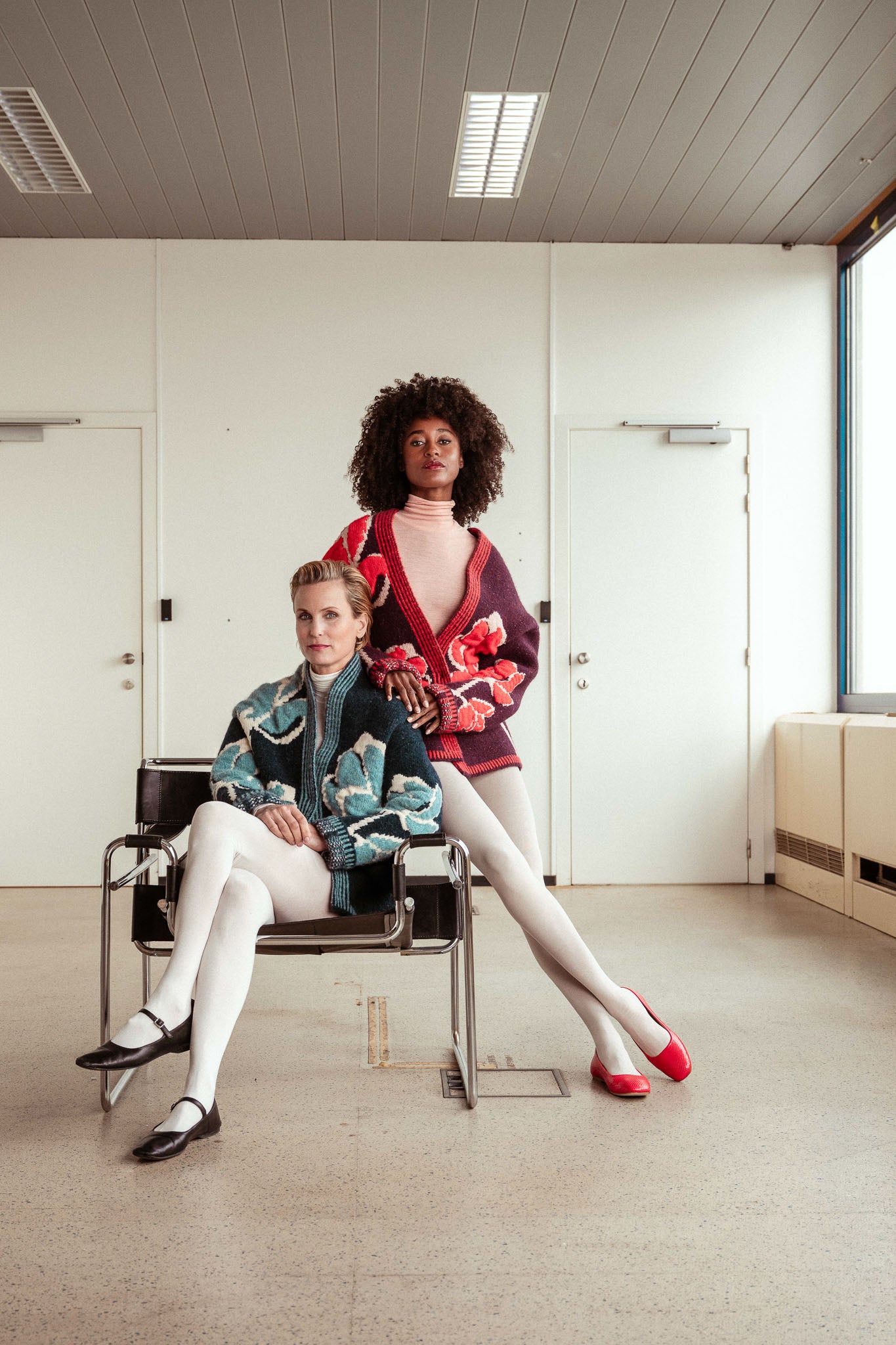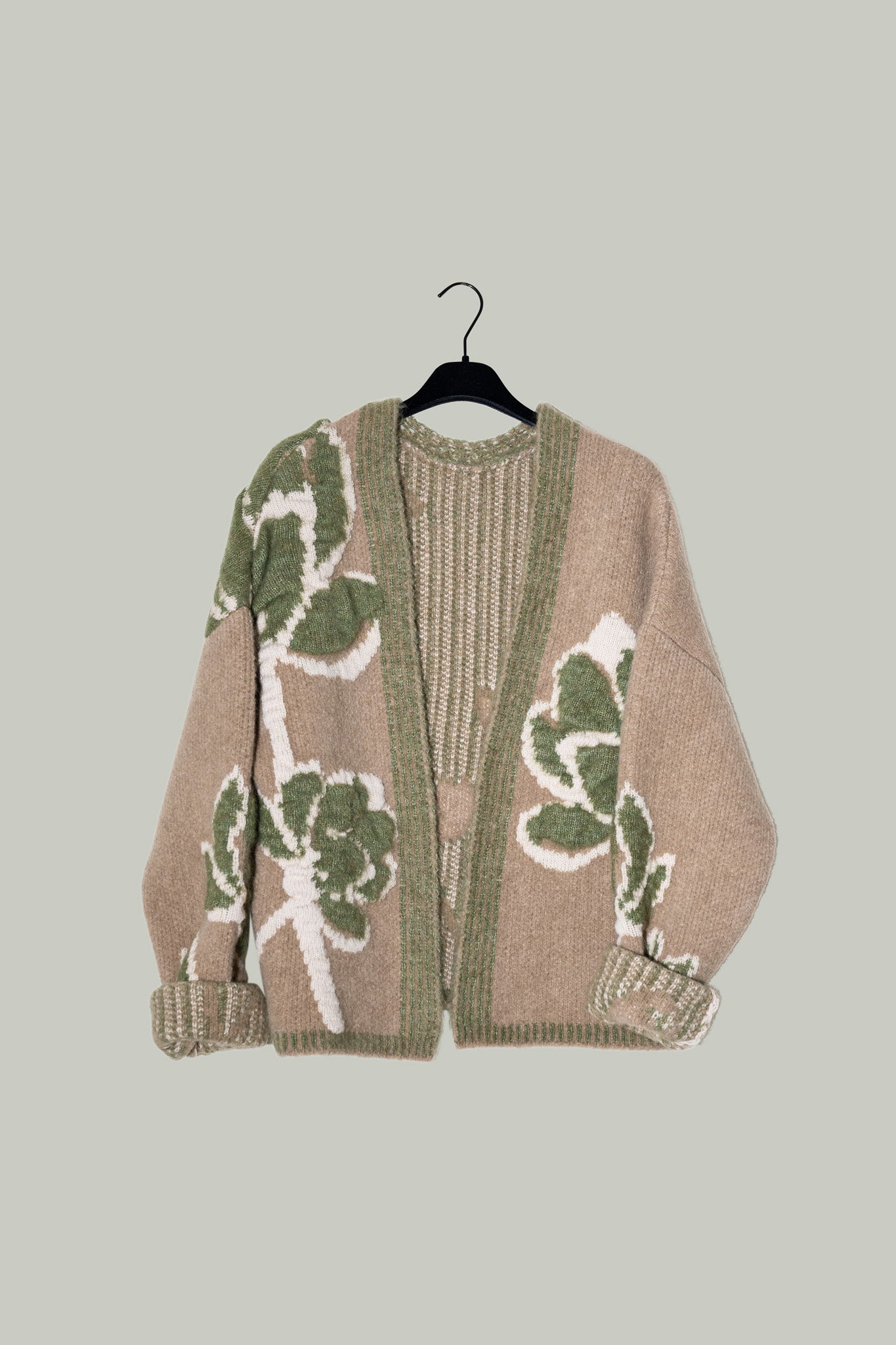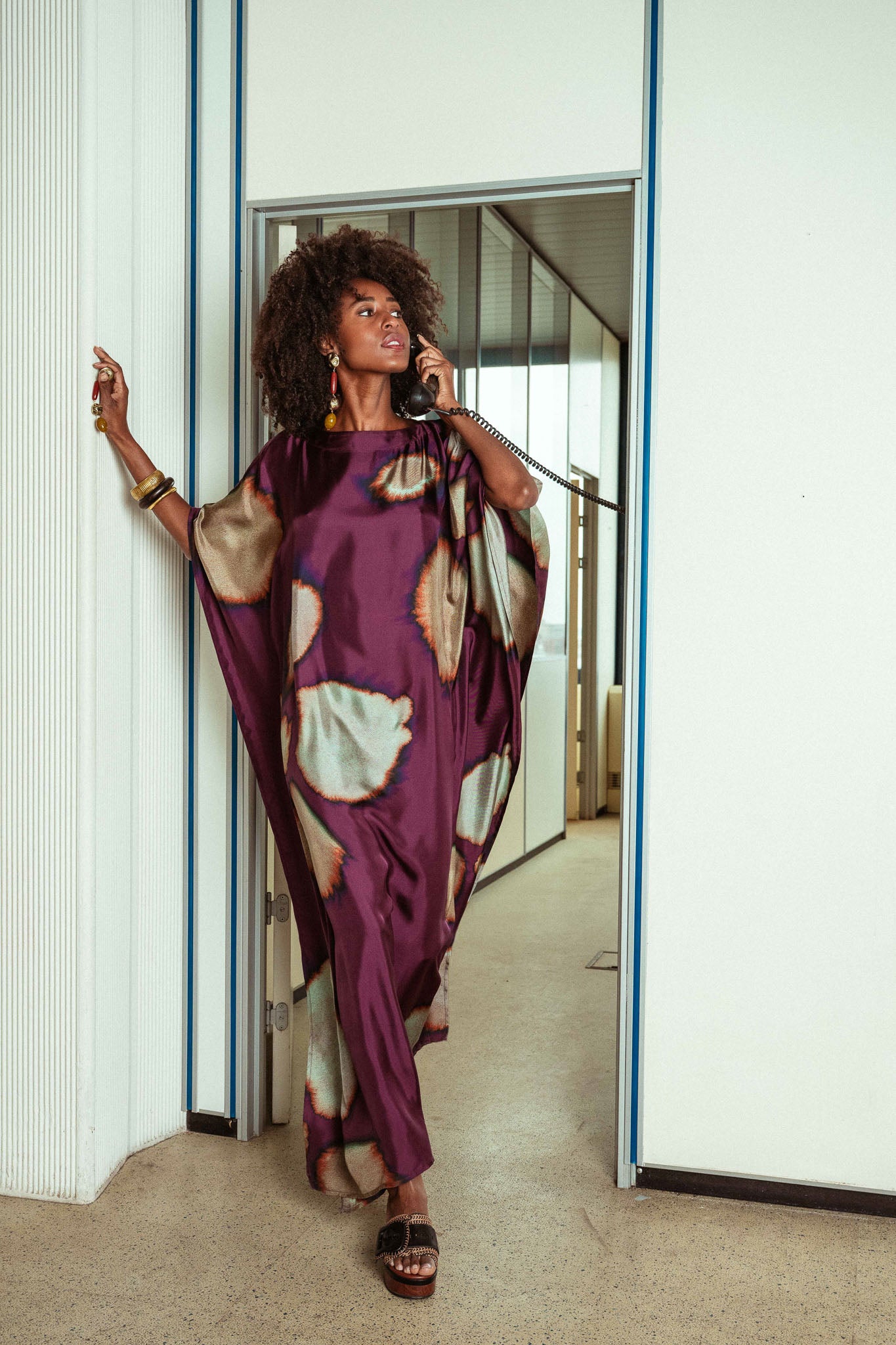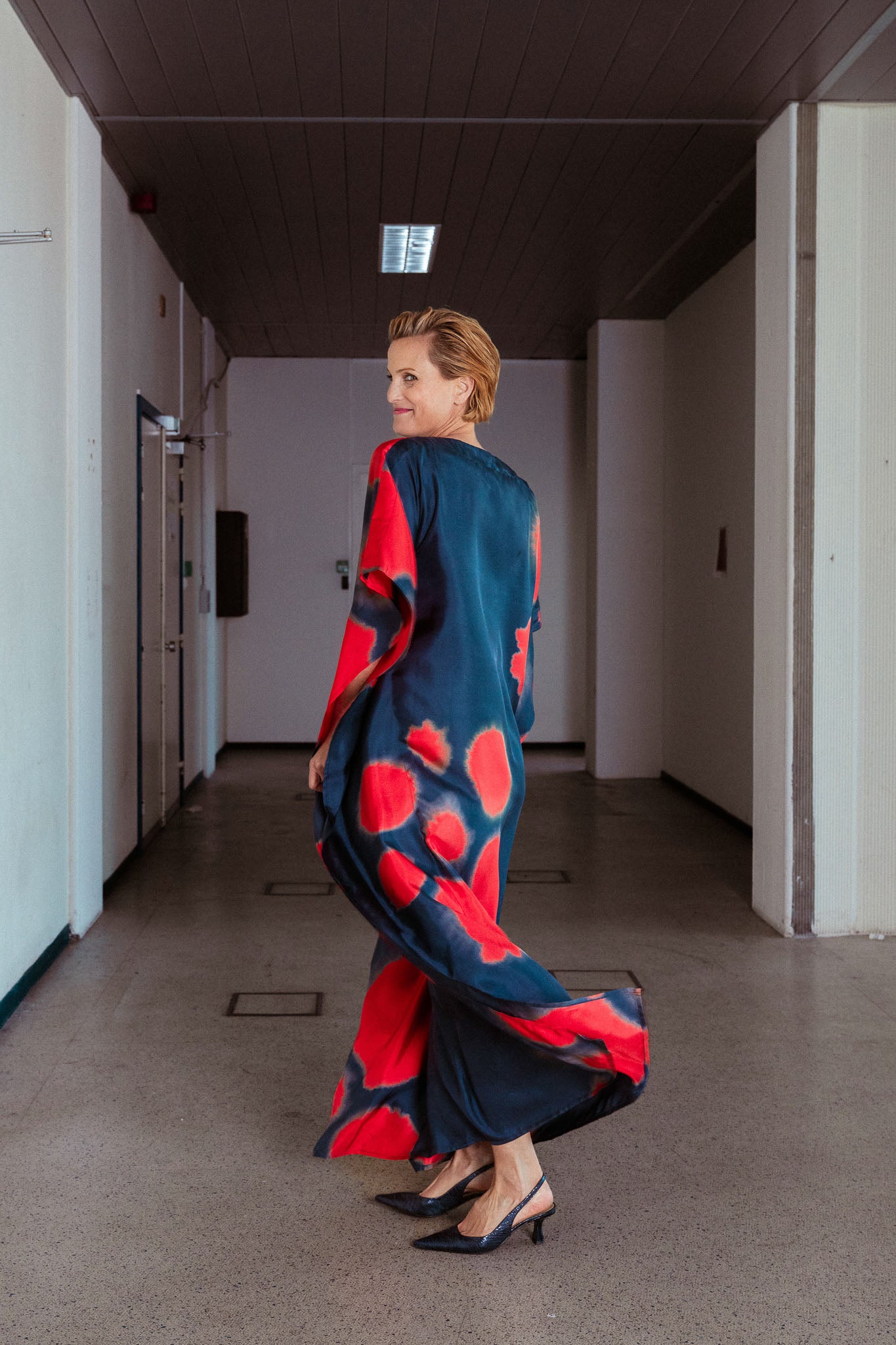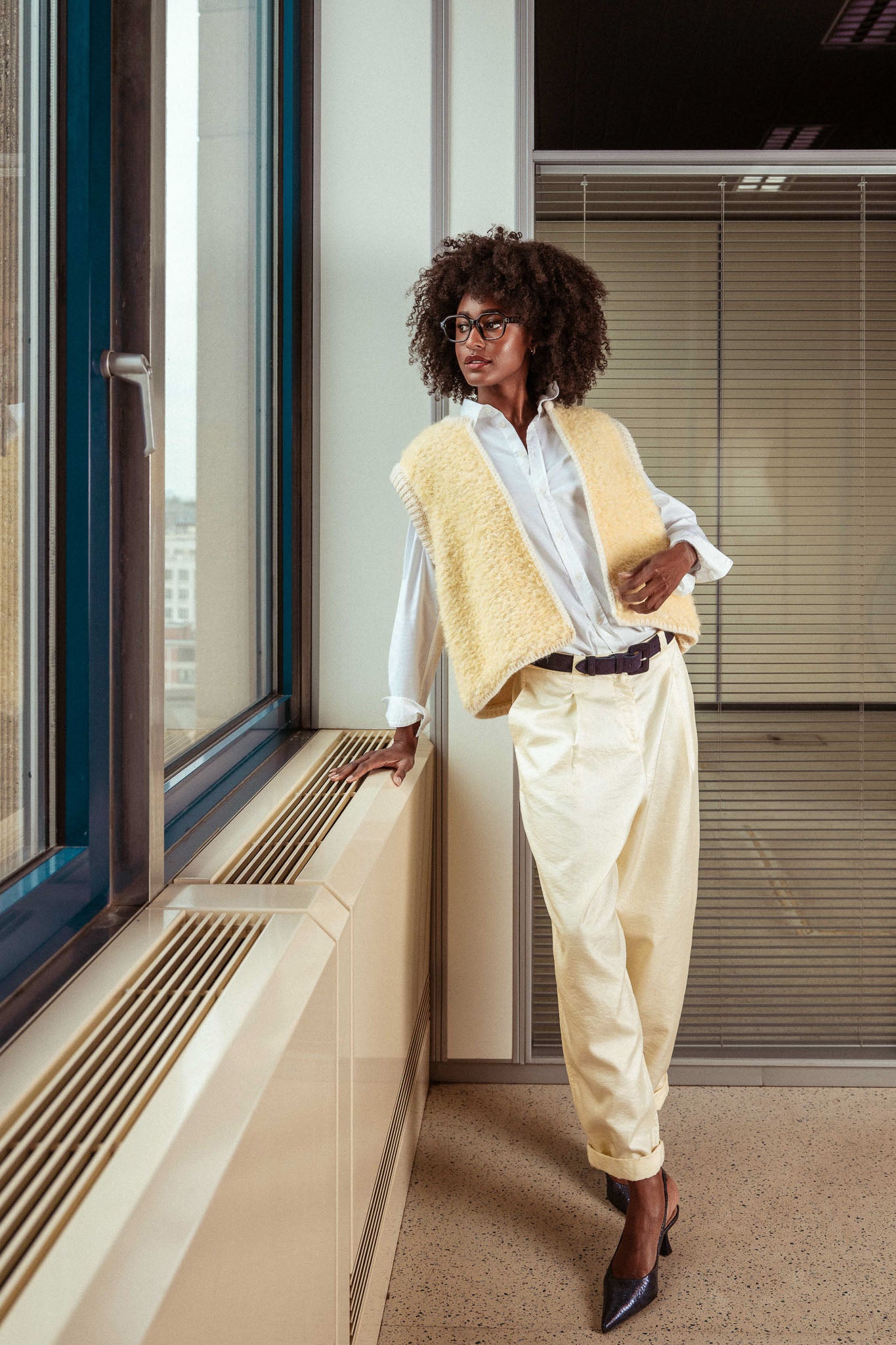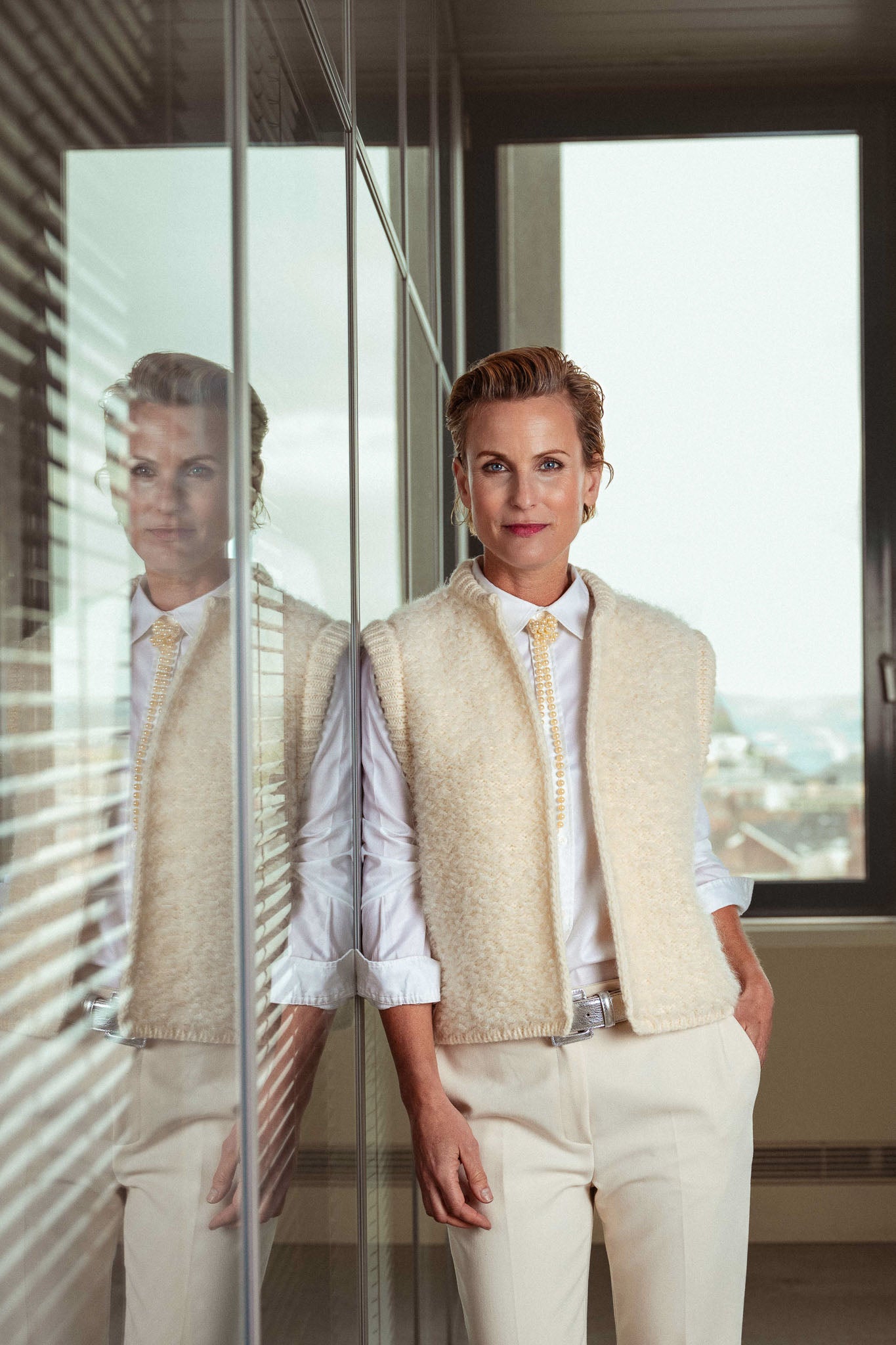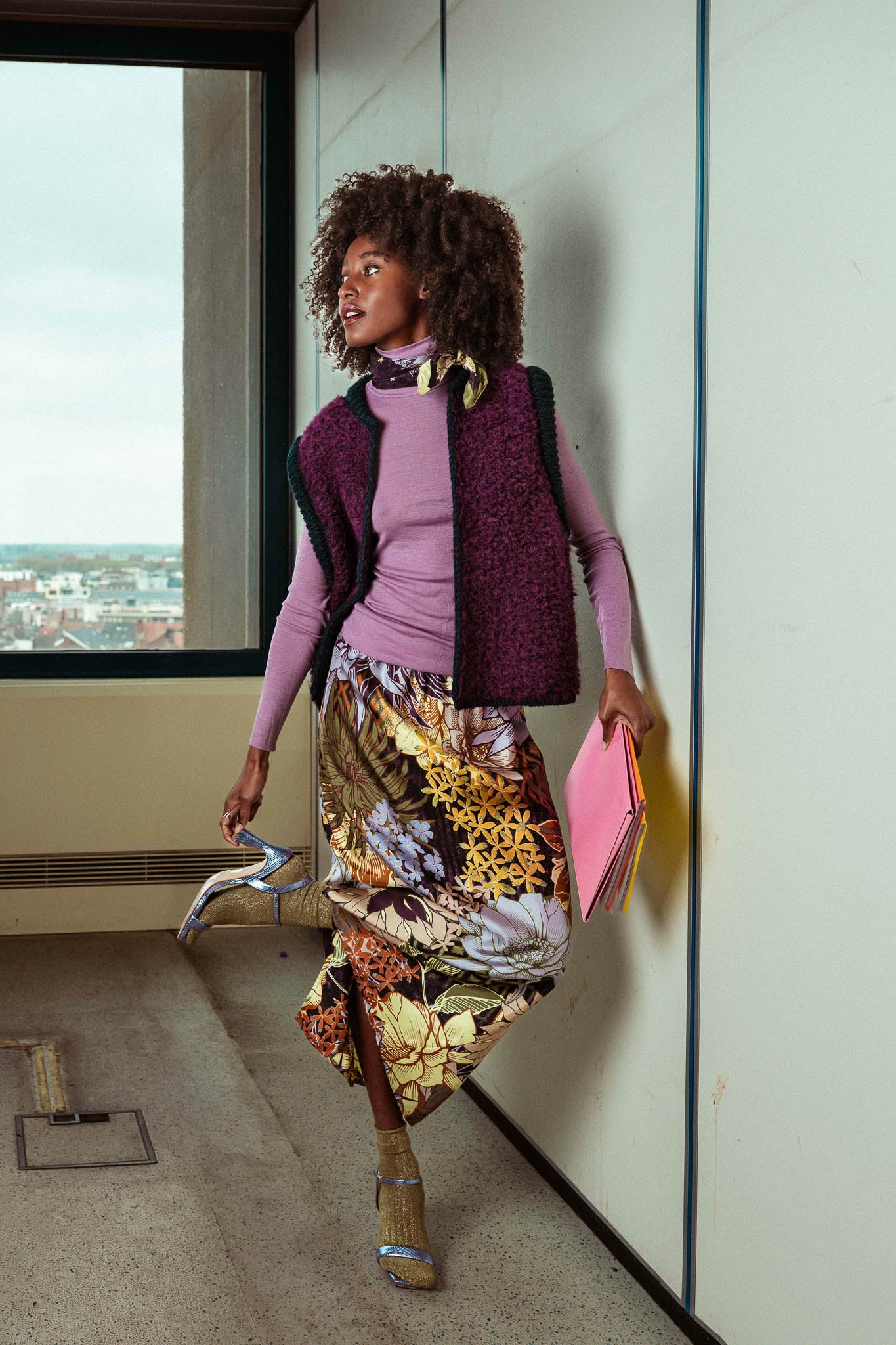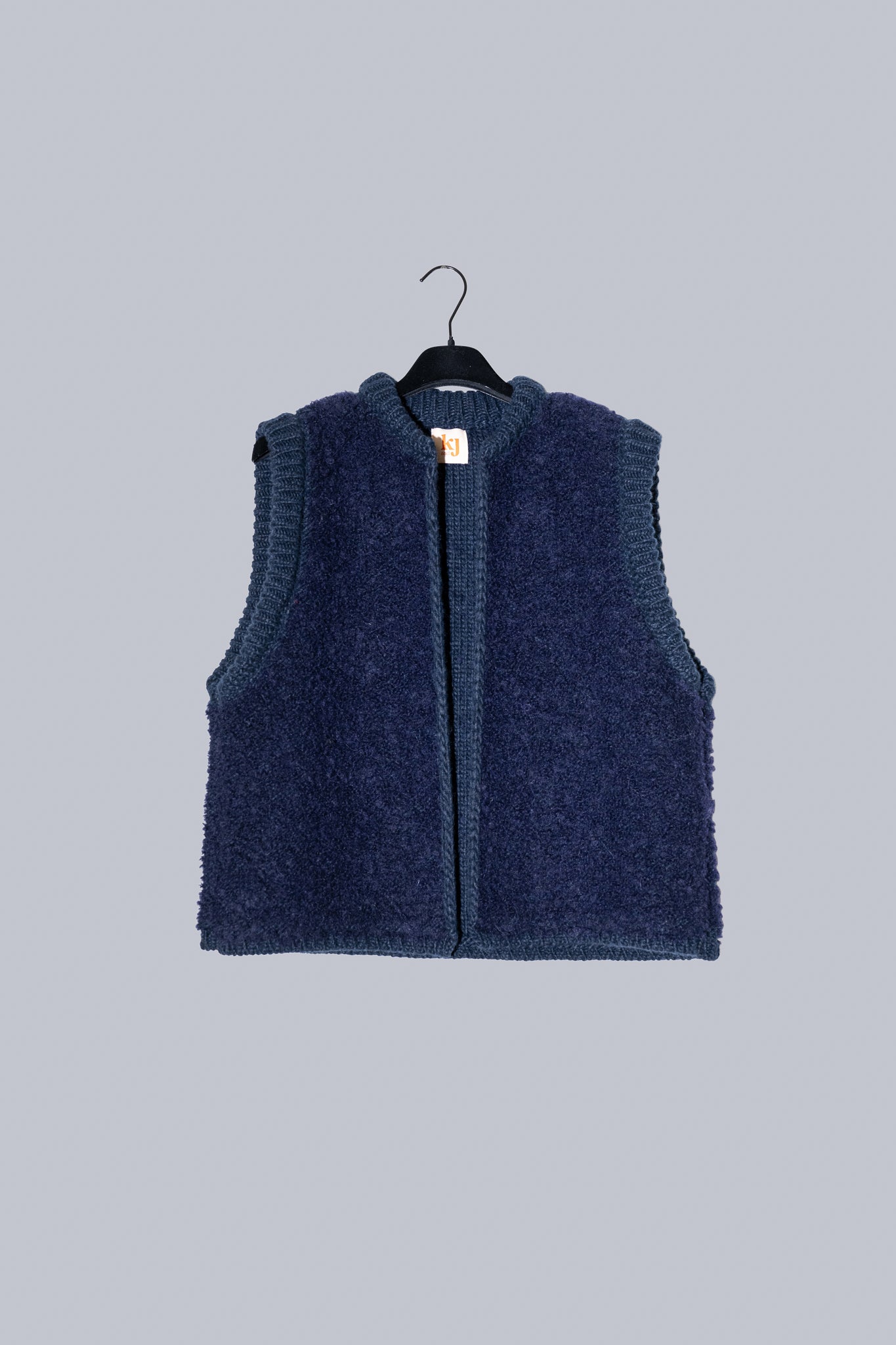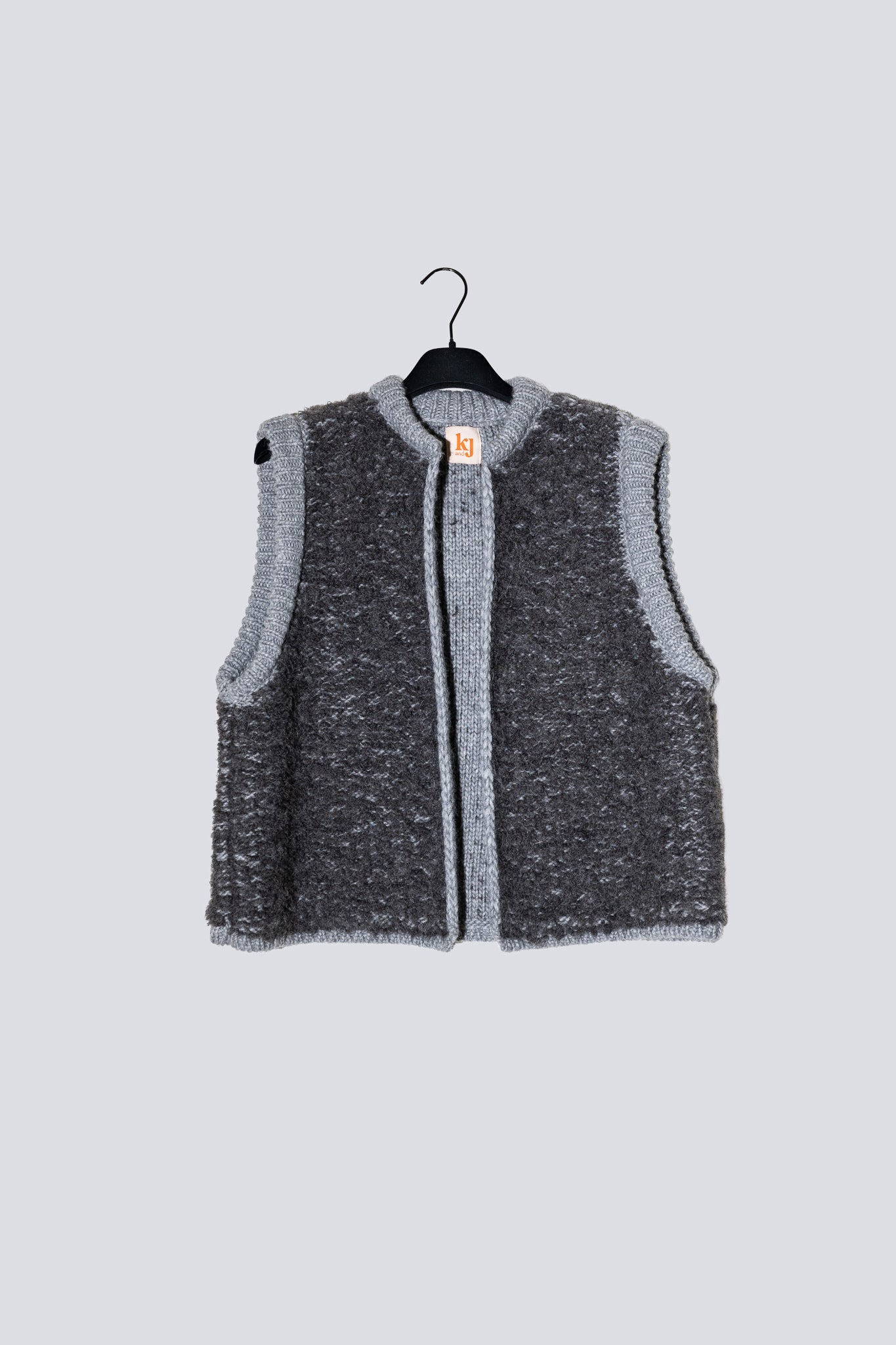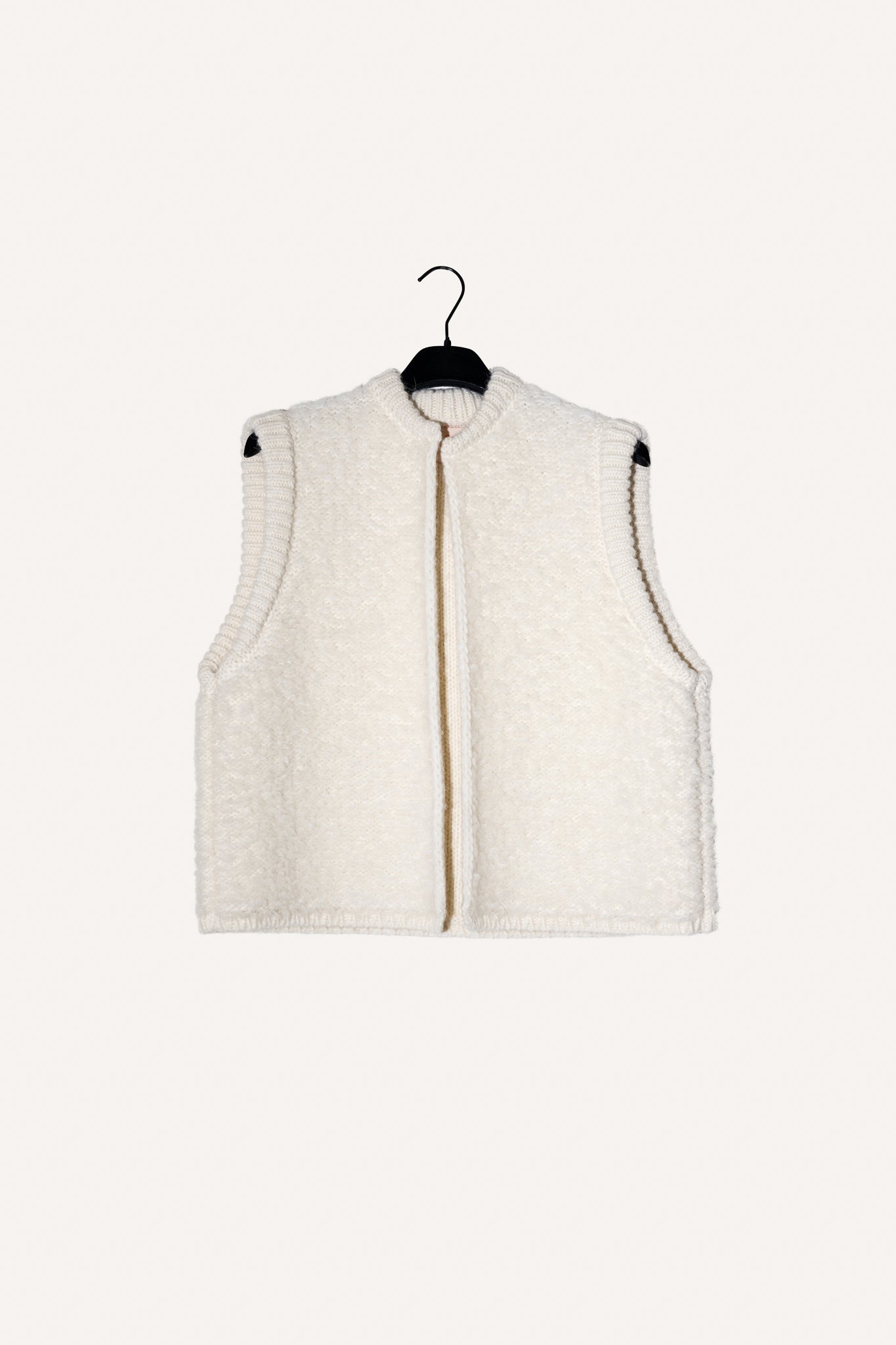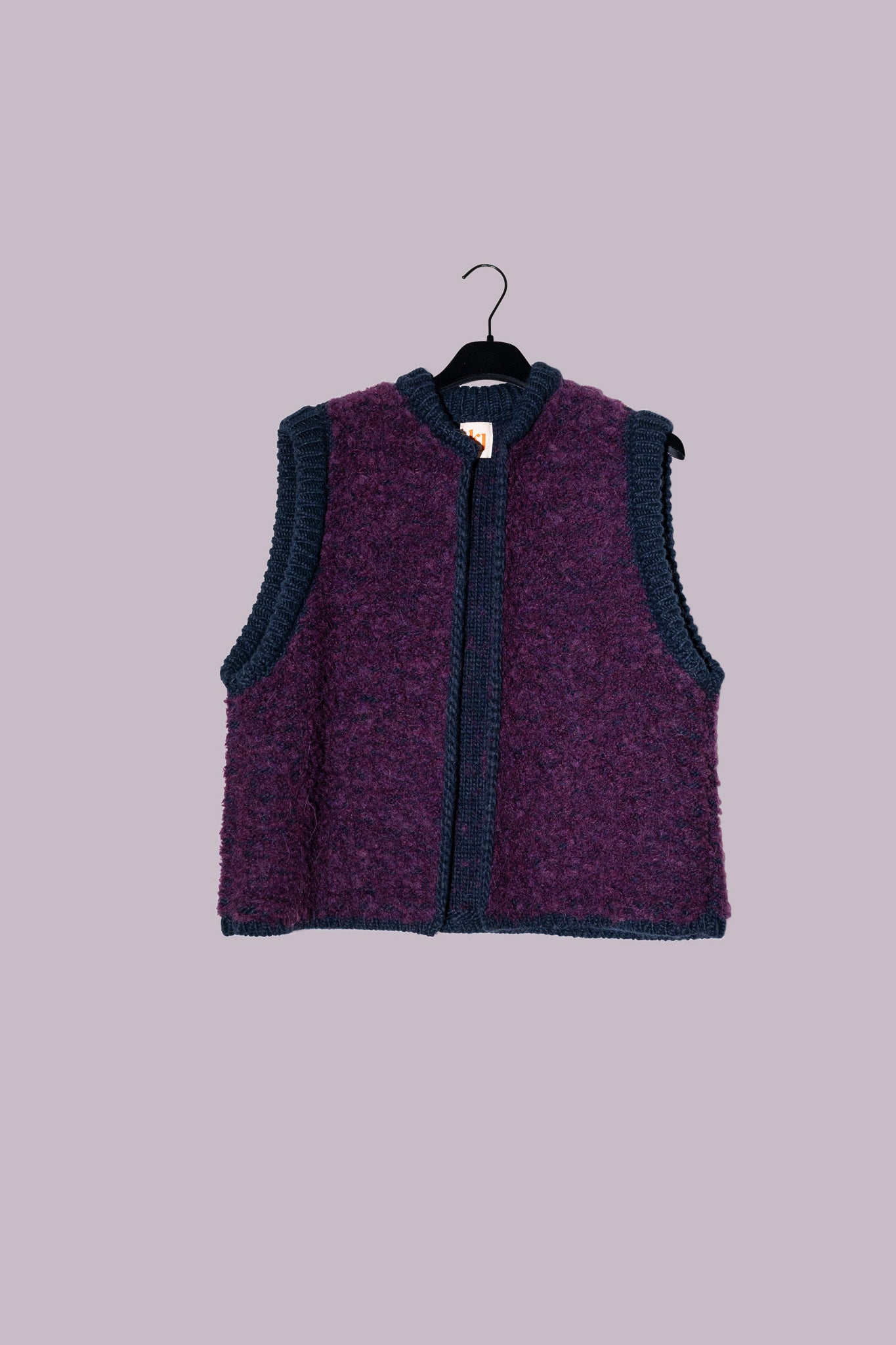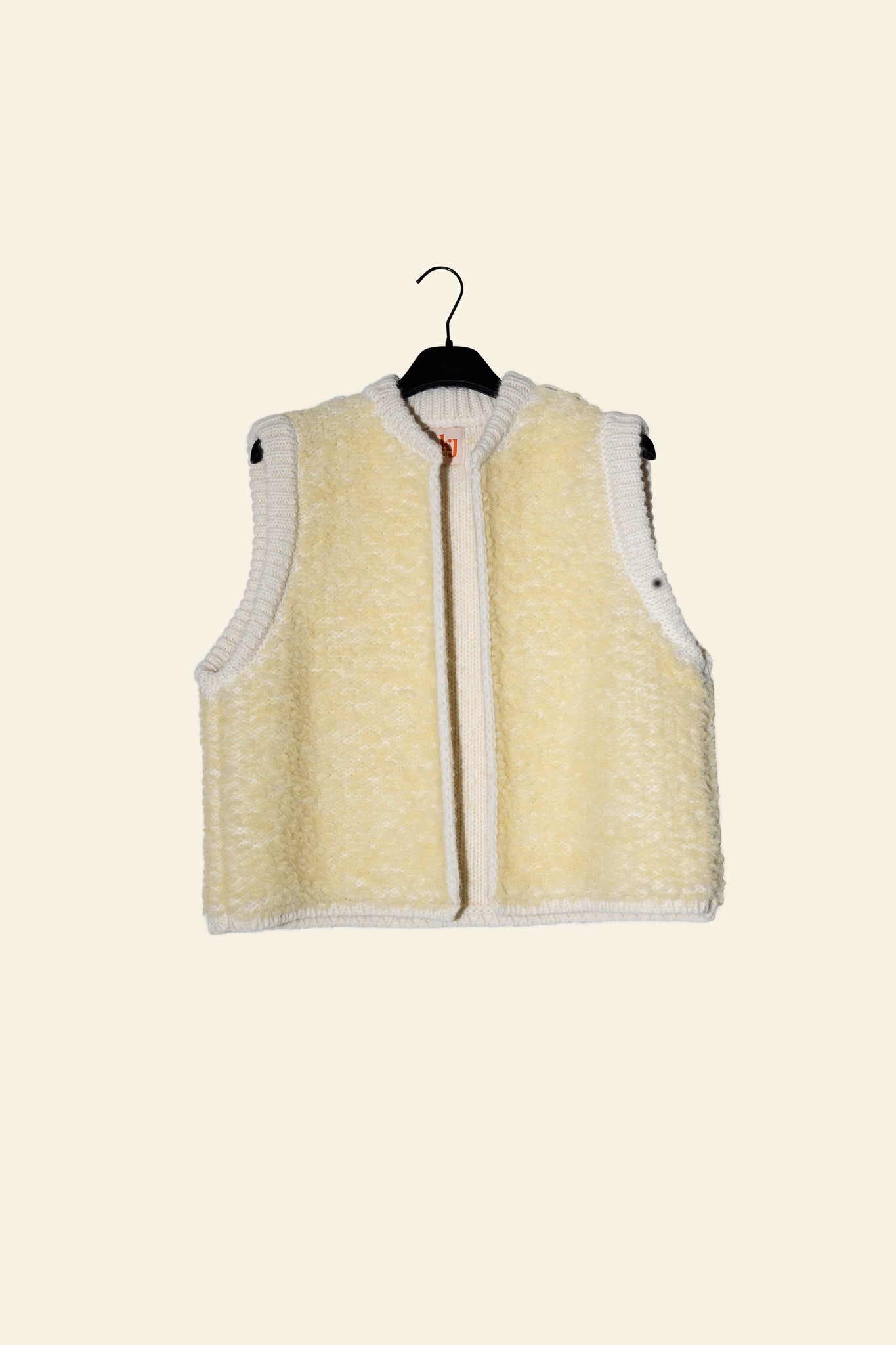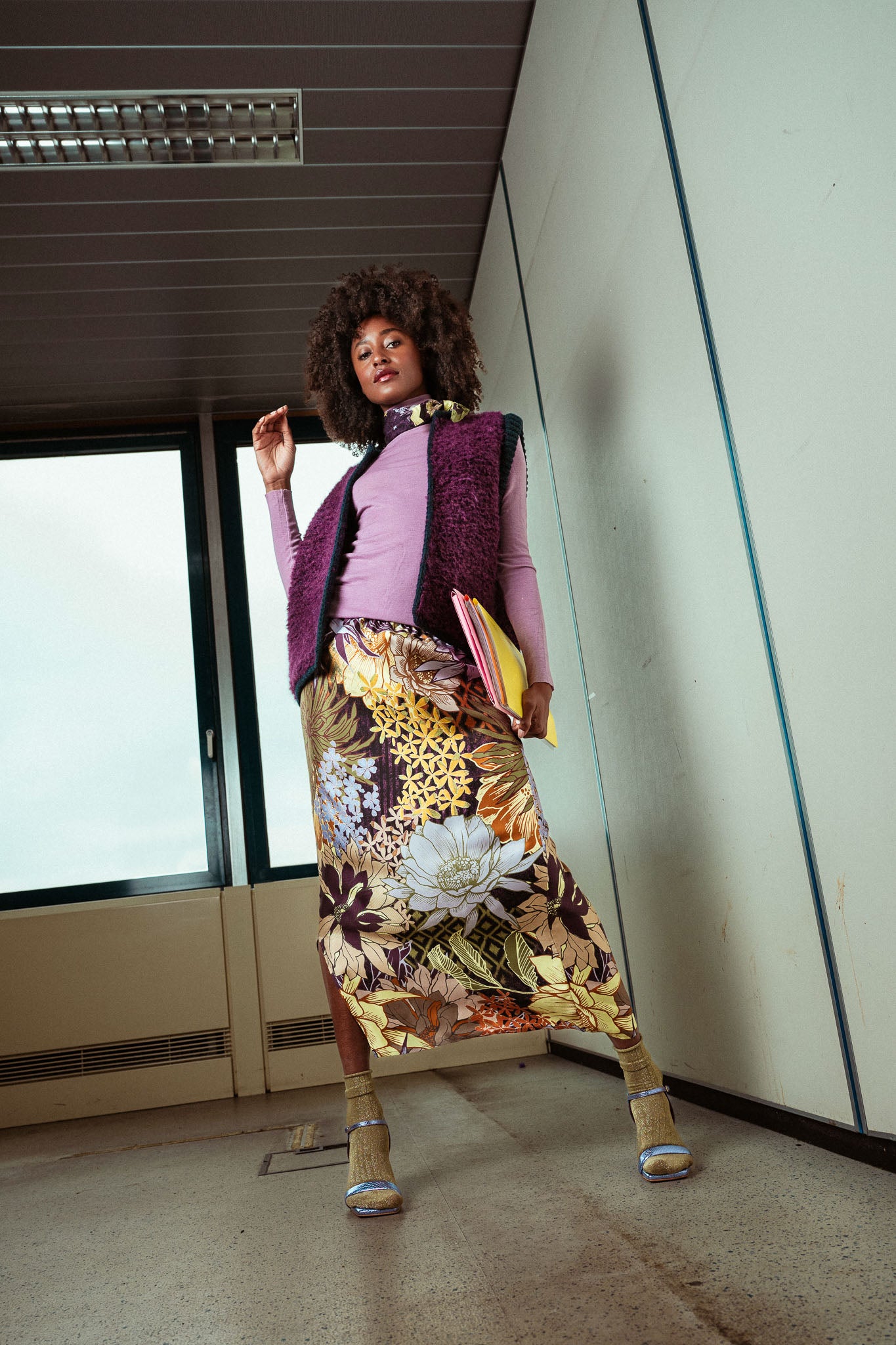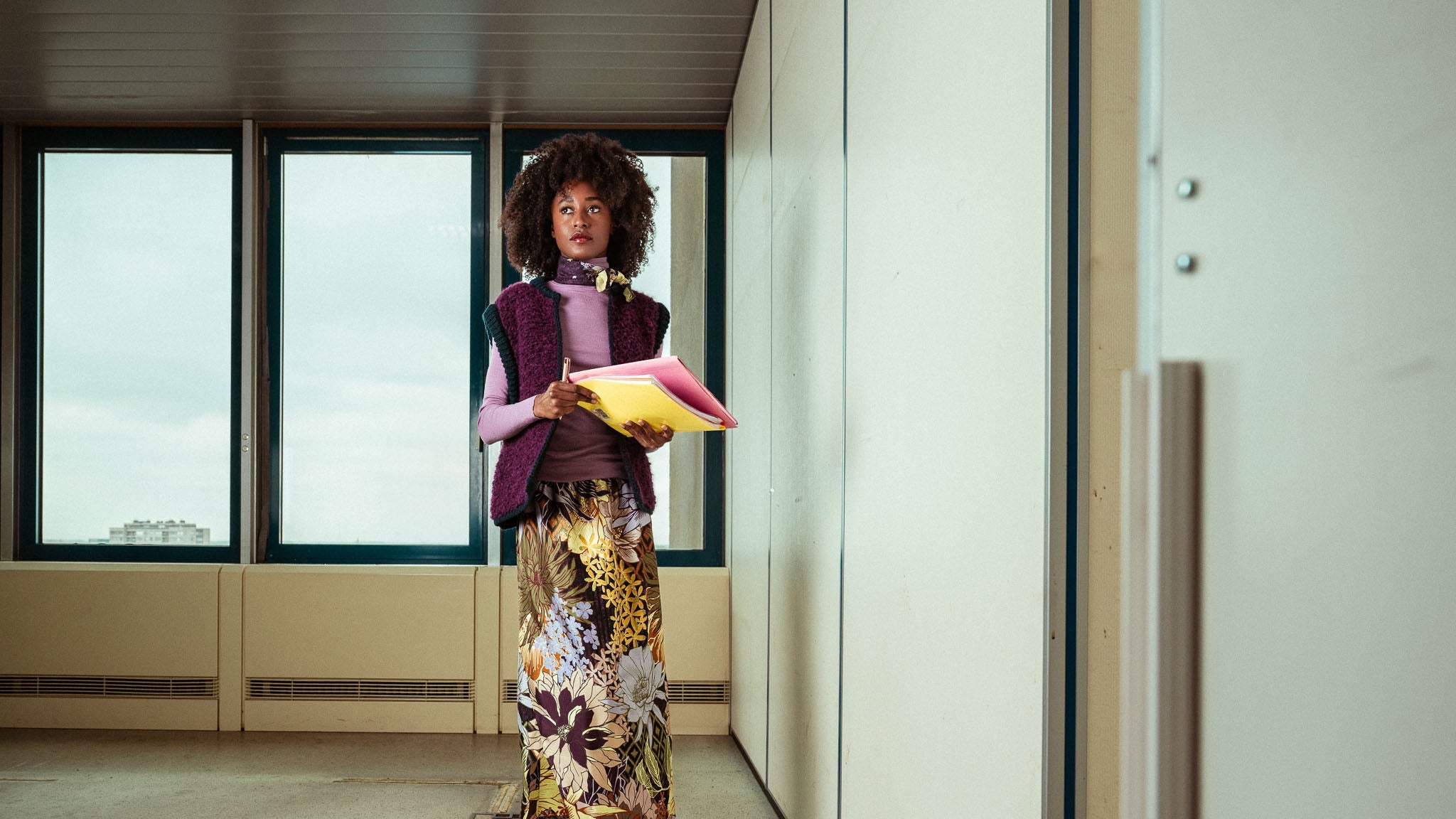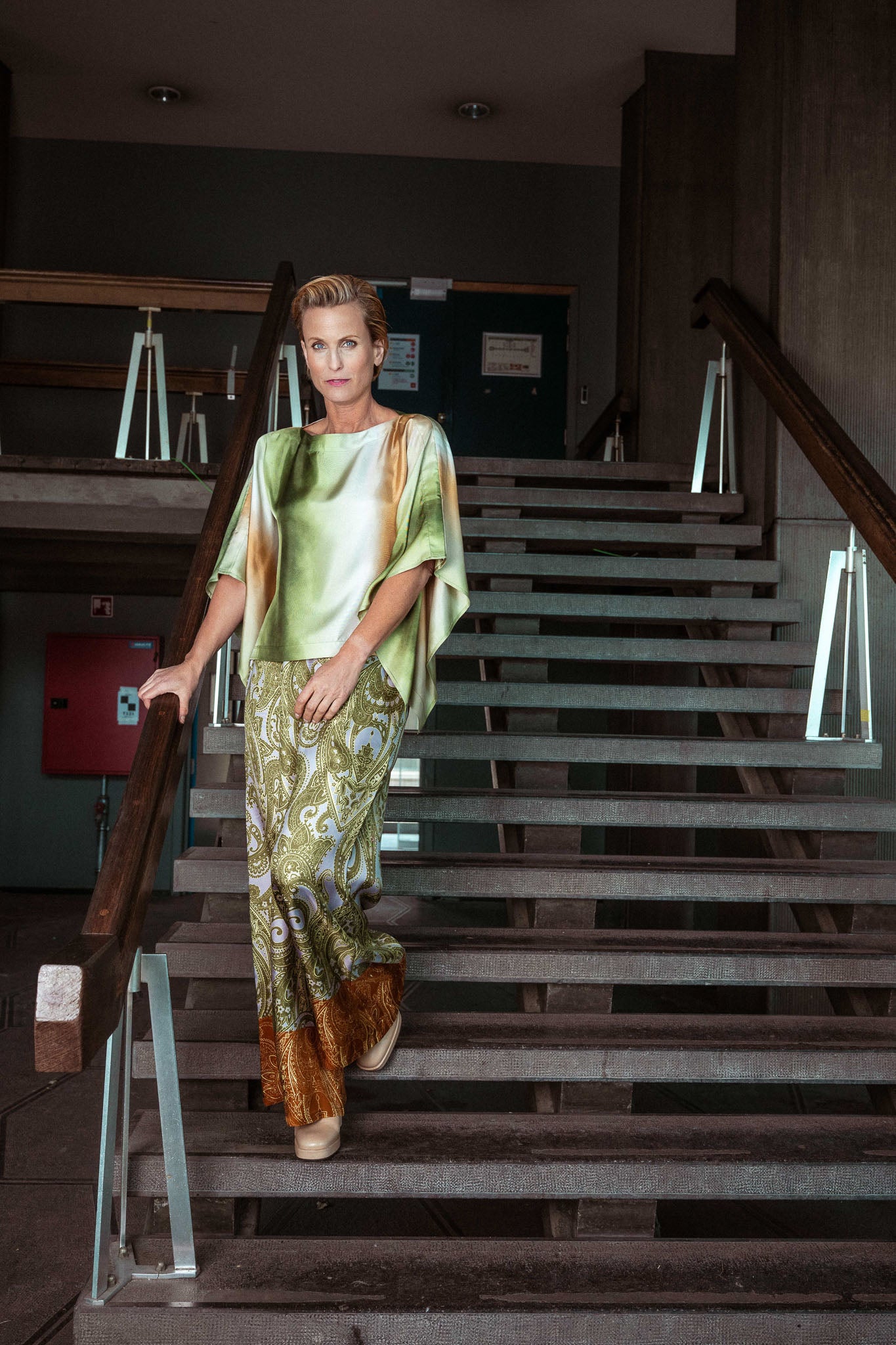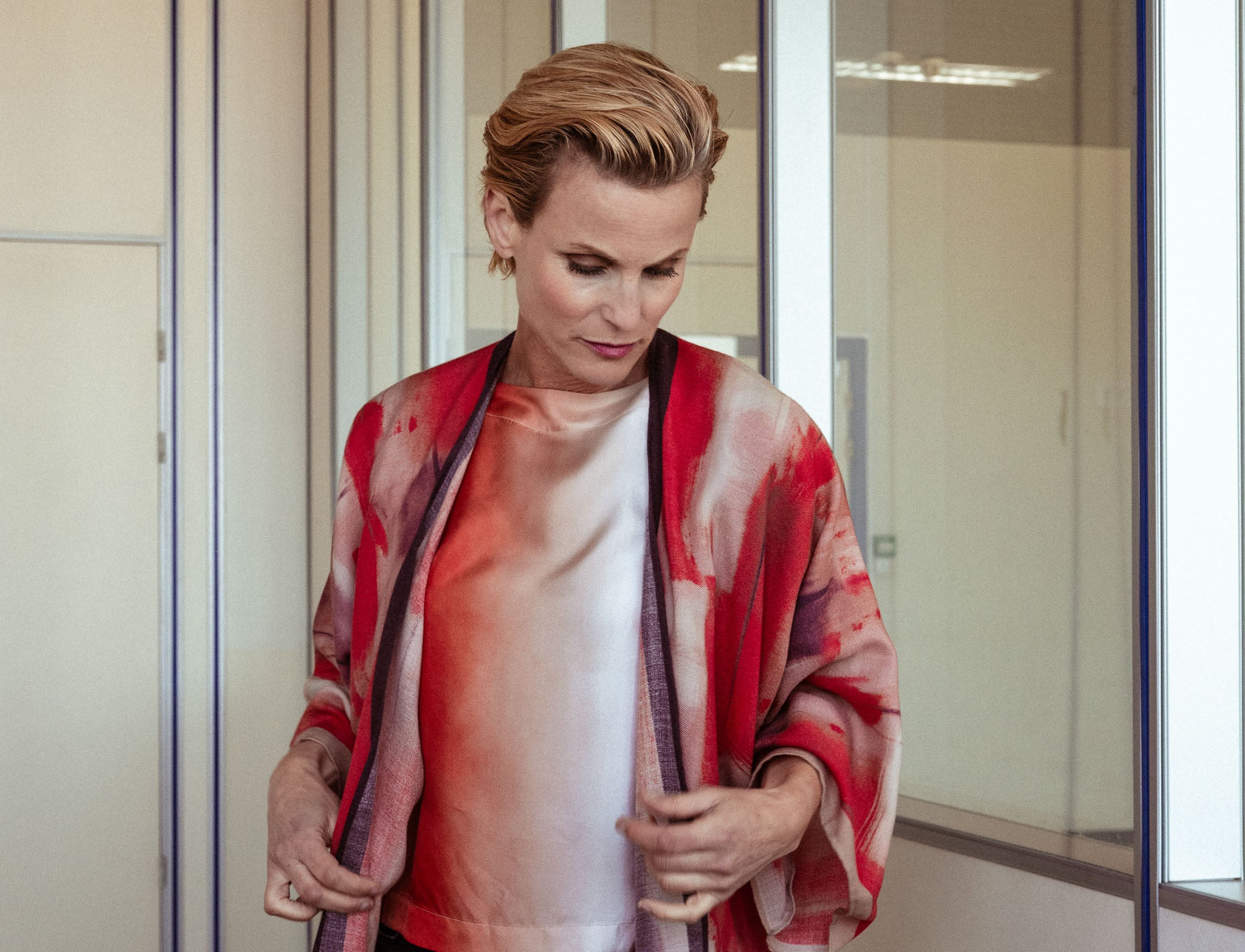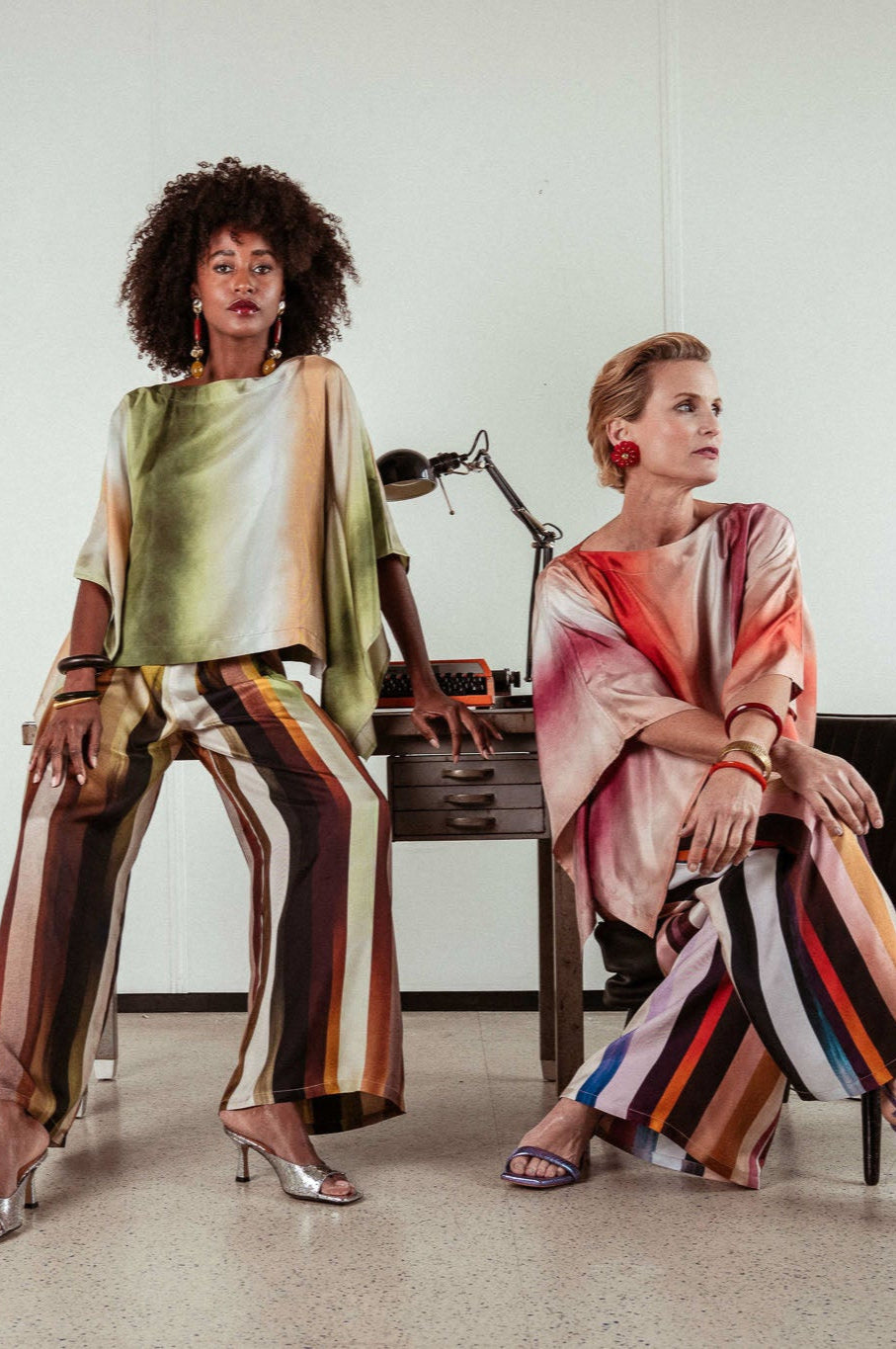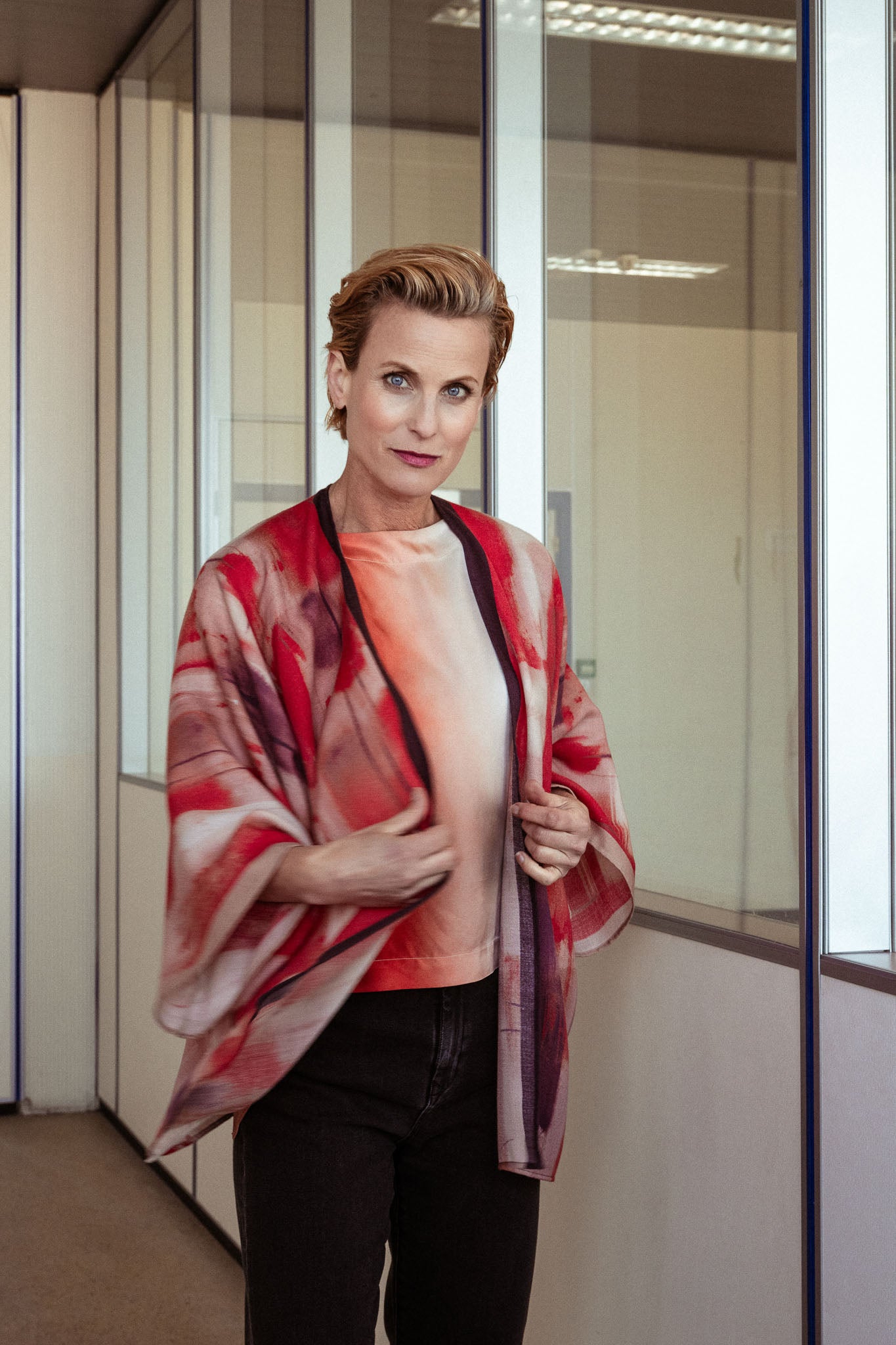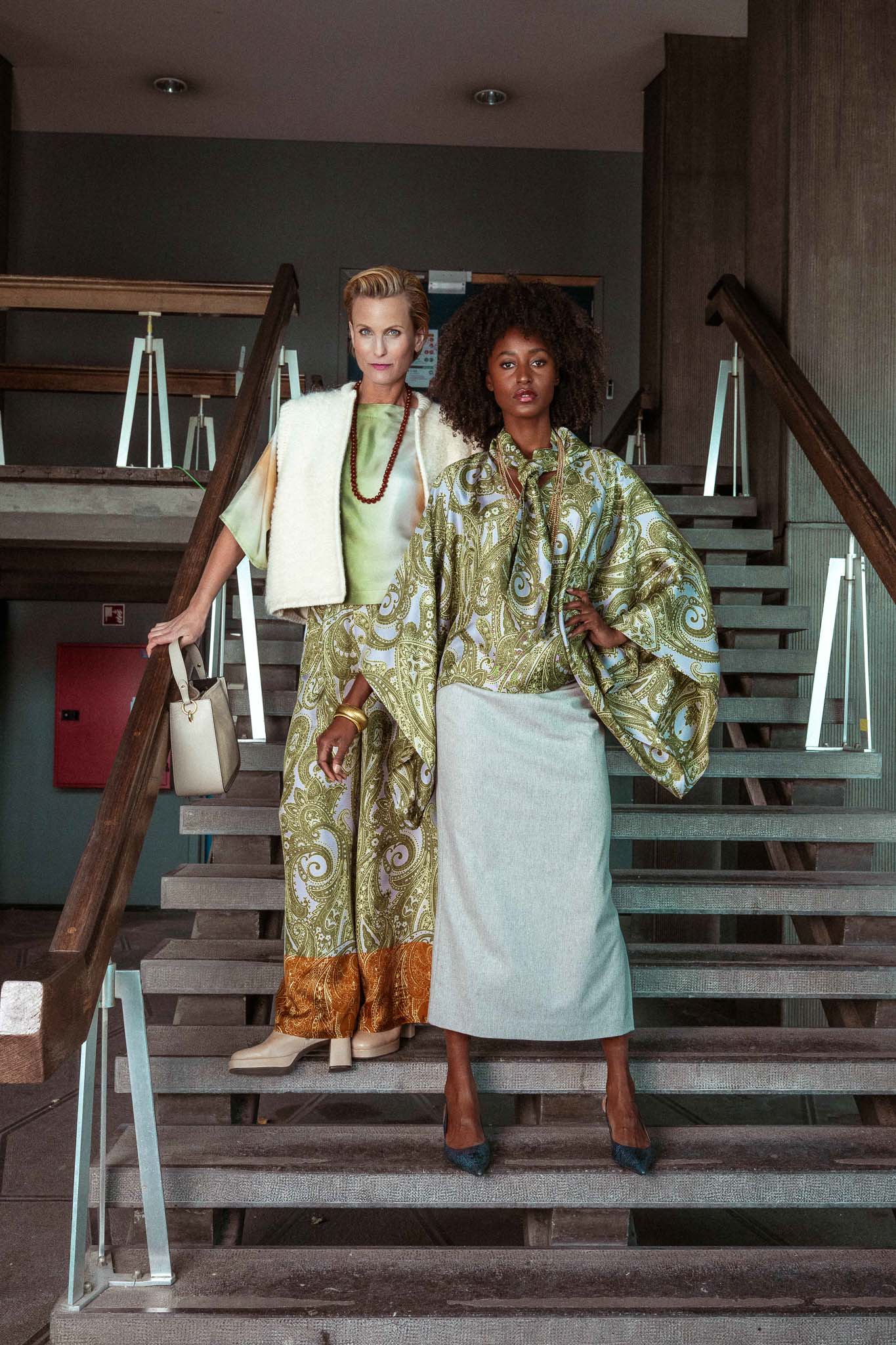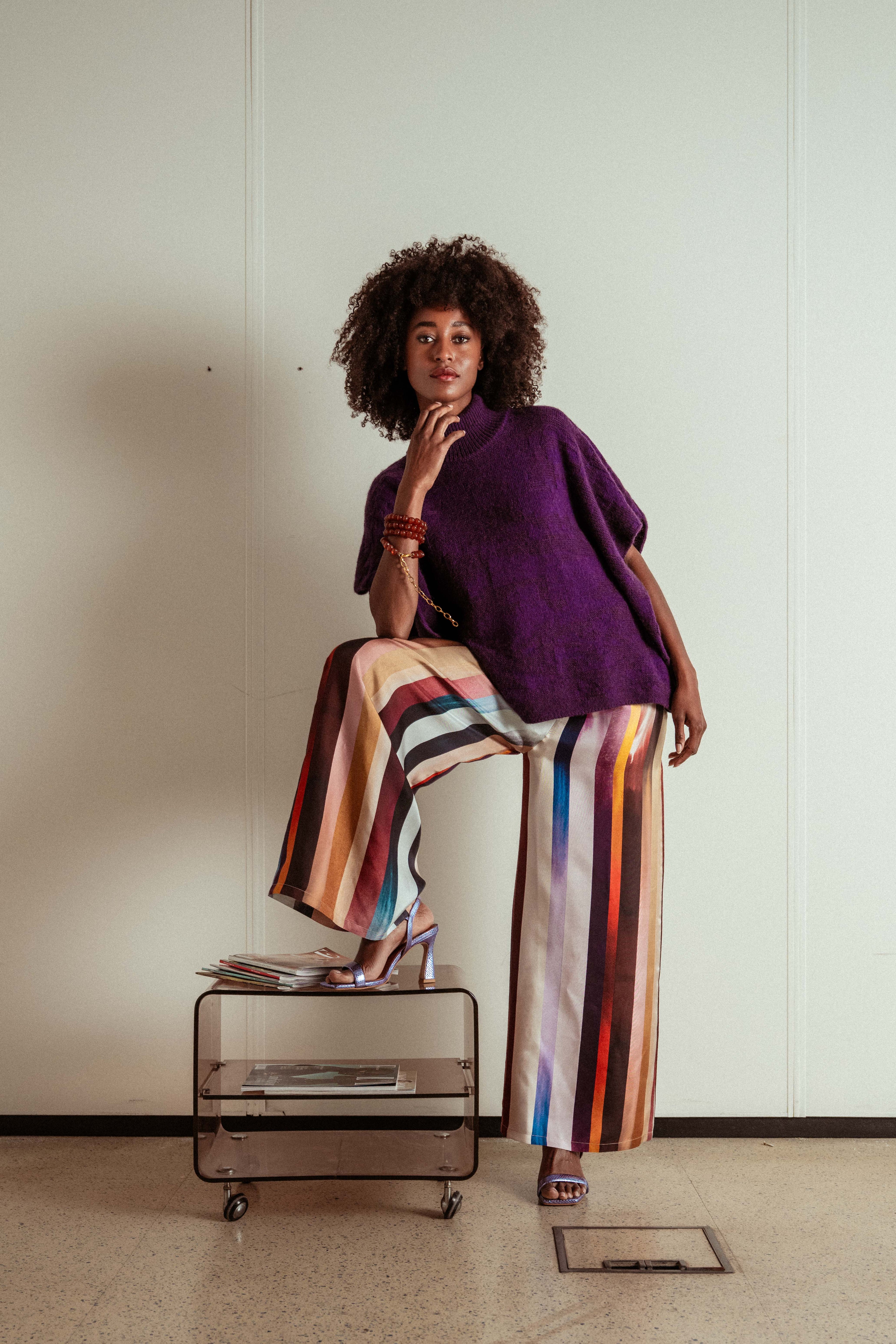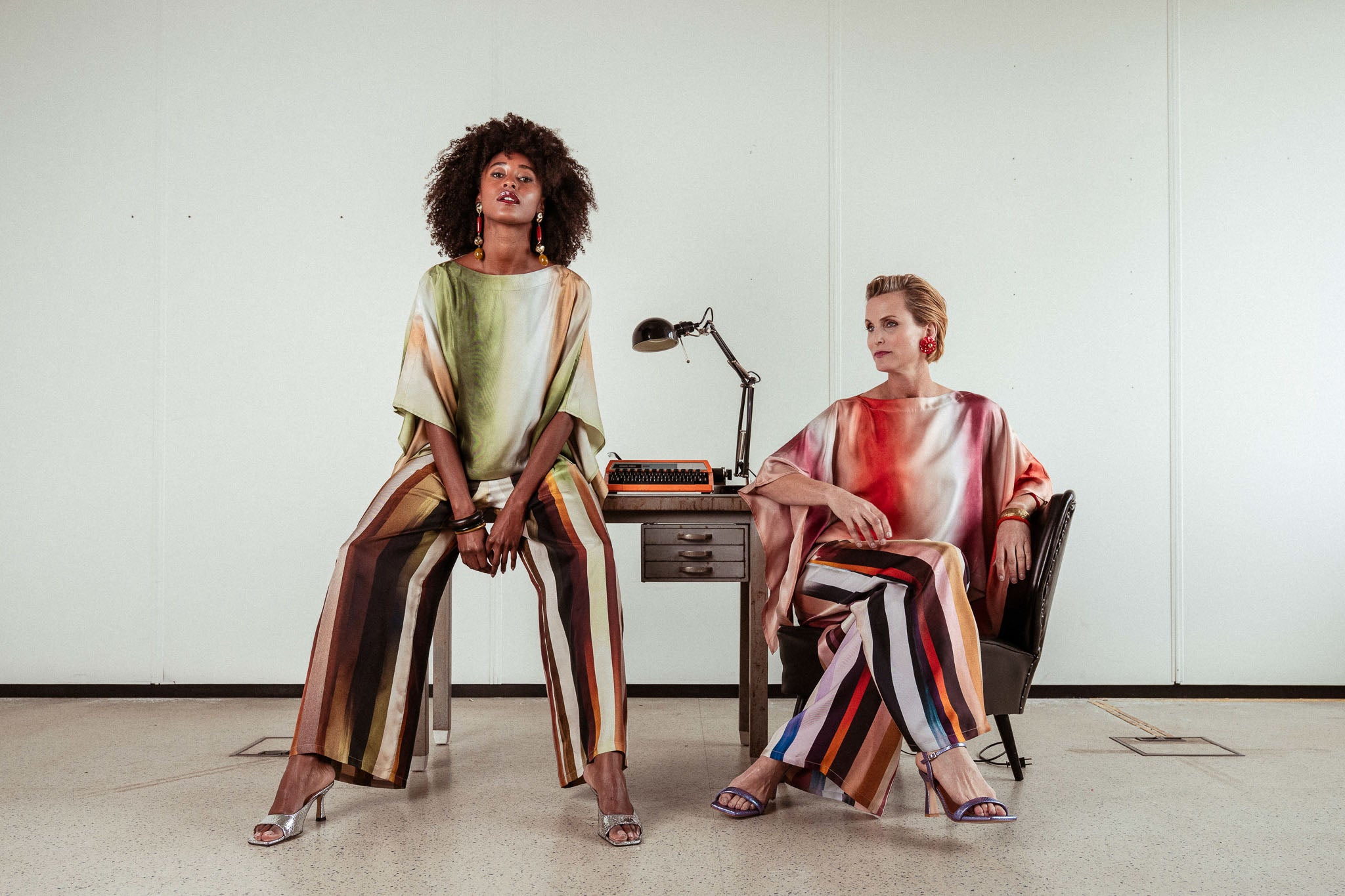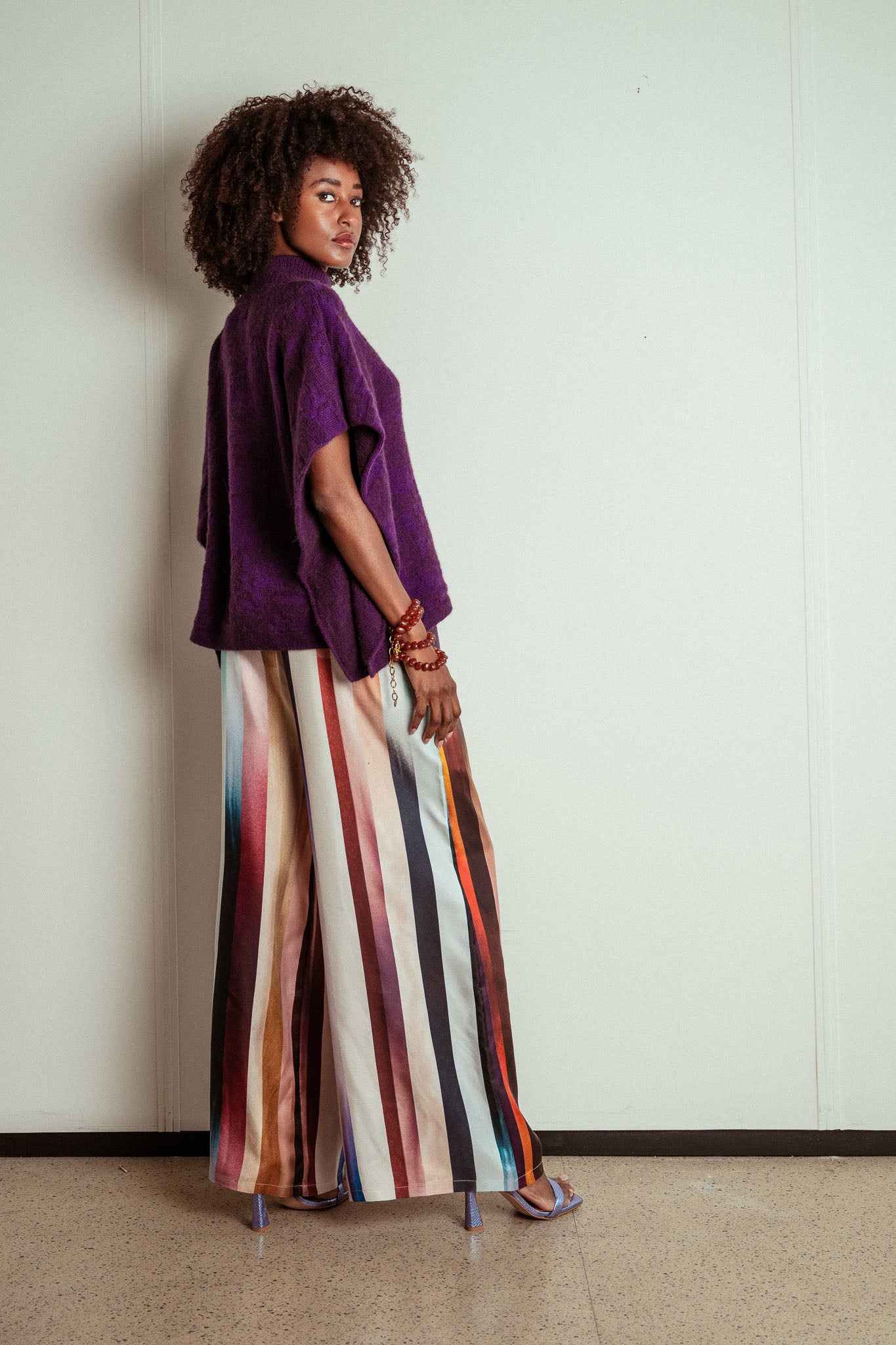Fast fashion is dangerous.
Clothes are made at lightning speed, producing an entire collection in no time. T-shirts and dresses are sold for three euros and jeans manufactured for five euros. To complete the outfit, add another handbag for seven euros. How is that possible? What is happening? This is fast fashion.
Fast fashion
Everyone knows the term 'fast fashion'. Translated literally, it is 'fast clothing'. This phenomenon is not that old; it originated in the 1970s when the production of clothes was first outsourced to developing countries like China, Bangladesh, Myanmar and so on.
Fast fashion has an extremely short turnaround time. Ordinary labels have a collection twice a year; a winter and summer collection. The big chains, who are responsible for fast fashion, release several collections in six months - sometimes more!
Why not?
Sure, it would be nice to see a new collection hanging in the shop every week but unfortunately this is not a reality that makes sense for our planet. Here are just three reasons why fast fashion is dangerous:
1.Dangerous micro-trends
To ensure a constant market for clothing, fast fashion brands rely on creating micro-trends that influence people to buy more and more. This creates buying pressure, especially for younger, more impressionable audiences who are trying to fit in and be fashionable.
This push towards micro-trends results in poor quality clothing as the manufacturers know that the items only need to last as long as the trend.
2. Pollution at scale
Massive carbon emissions, lots of water consumption and a huge waste pile - that is fast fashion's legacy.
The textile industry is one of the most polluting sectors when it comes to CO2 emissions. To give you an idea; the textile industry is more polluting than all air and sea transport, combined! Sure, we need clothes but not like this. Water usage is also a major part of garment production. Some t-shirt’s require around 2,700 liters of water to produce. This is not a justifiable number if that t-shirt is going to end up in a garbage dump after a single wear.
Speaking of garbage, no doubt you’ve already seen the pictures all over the internet of huge rubbish piles of old clothes polluting 3rd world countries. These countries get stuck with the Western world’s fast fashion cast-off’s and it’s becoming a bigger problem every year.
3. Quick and dirty
Fast fashion is all about how fast a garment can go from design to production and sale, putting enormous pressure on every link in the production process.
The ultimate outcome of this race to the finish is that people suffer.
Factory owners fight a bidding war to score contracts. Those contracts squeeze already underpaid and overworked employees. It’s a vicious circle that gets worse everytime Primark makes another three euro T shirt.
The exploitation of workers (mostly in 3rd world nations) is one of fast fashion biggest crimes and has had ghasly consequences including the devstating Rana Plaza collapse in 2013 that killed at least 1100 garment workers.
From fast to slow
For several years now, there is a growing awareness that fast fashion is unsustainable.
Many fashion lovers are finding new ways to shop. They’re plunging into vintage and second-hand shopping. They’re signing up to like Dressr, a high-fashion clothing rental service based here in Belgium. And they’re turning their attention to brands that produce sustainably with long-term wear in mind.
With this switch, we of course see the rise of greenwashing; clever branding designed to fool consumers into thinking something is more ethical than it appears. Luckily, younger consumers are becoming especially good at identifying green washing - which bodes well for the future of fashion!
Personal impact
Do you also want to do your bit to stop fast fashion? There is a lot you can do!
A great first step is to take a step BACK and look at how you approach fashion. Begin to look at ways to invest in more ethical fashion made from sustainable materials that last longer.
On top of that, it is also important that products are produced with the health and livliehood of the worker in mind.
If you’re curious how ethical your favourite big-brand is, try using the Good On You directory that uses expert analysis to give brands a sustainable score.


Sustainability at Kate & Jules
At Kate & Jules, we practice slow fashion.
This means that we produce timeless, high-quality clothes that last a long time. And whilst we do incorporate subtle elements of trends we love into our collection, we do not ‘trend chase’.
We have two collections a year and this will remain so.
We work with sustainable materials and make every effort to minimize waste. We keep the production of our collections as close as possible by working with family-owned businesses here in Belgium and in Italy.
We work with sustainable packaging and repurpose older or unused stock to create beautiful upcycled pieces.
That’s our commitment that you can trust.


